How have I even dreamt of walking on Mars one day if I’m struggling just here?” And with all those thoughts flowing faster than the wind around me, I reached the lab.
We started unboxing the lab instruments, pipette tip boxes, DNA extraction kits and all the other magical scientific equipment to get ready for the big field day. I was looking around and I could see us newly started, fresh graduate students excitedly set up our desks, I could see people discussing experiments and testing instruments, I could hear small cheers here and there with yayys and woopwoops when my friends could find something they were scavenging for in the giant science boxes. And there it was, I had found the secret sauce that drags researchers from different parts of the world to visit such extreme places on our planet. It is the science! I looked at myself in a shiny glass of the laminar flow hood, and I could totally justify that smile I had, “It’s the things we do for science.” I whispered to myself. When I walked back to my room, I sat down and paused for a moment. I could still hear the wind gushing, but this time it was out of my window. I gathered all the things I had felt throughout today, and if I had one word to describe those feelings ‘gratefulness’ would top the list. To be working with such great scientists, discussing adulting with the coolest fellow grad students and doing science at one of the most beautiful yet brutal places on our planet is an out of the world experience. And I am eagerly looking forward to the big field day and whatever that comes out of it!
1 Comment
After around 16 hours on the boat we arrived in Ny-Ålesund, the research town that will host us during the rest of our stay in Svalbard. Ny-Ålesund hosts permanent research institutes from several different countries. We are being hosted by the Norwegian Polar Institute. Our research site is ~3 km northwest of the town and there we plan to drill permafrost samples for microbiological analyses. Wish us luck!
Twitter: @microbeMAC
Anyway, our time in Longyearbyen is about to end. Tomorrow in the early morning, we'll head to Ny-Ålesund to start our work. I am grateful to have experienced some days here in Longyearbyen, and I hope it is just a goodbye.
Twitter: @matteo_selci James has co-authored a new white paper published by the Bulletin of the AAS 'On the Past, Present, and Future Role of Biology in NASA’s Exploration of our Solar System'. Read the open access article here.
The AMP’D field team comprises microbiologists, biogeochemists, geophysicists and modellers, with expertise in a wide range of environments from glaciers and permafrost to the deep subsurface, coral reefs, and hot springs! Excitingly, this will be the first time that many of us will be working in the field together (and even the first time meeting each other for some!). The AMP’D field team is:
The wider AMP’D project also involves Co-Investigators: Andrew Steen (University of Tennessee), Tullis C Onstott (Princeton University), Robert Hettich (Oak Ridge National Laboratory), and John Cliff (Pacific Northwest National Laboratory).
James Bradley
Our team is travelling to Ny-Ålesund, Svalbard, which at 79°N is only a few hundred miles from the North Pole. Once there, we will drill into the frozen Arctic ground to understand how climate change is changing soil biology and chemistry, and driving carbon dioxide and methane release from the soil. Left to right: Katie Sipes, James Bradley, Tatiana Vishnivetskaya, Karen Lloyd One year later than originally planned (due to the Covid-19 shut-down cancelling our field work last year a few weeks before we were scheduled to go), during which a further 36 billion tonnes of CO2 have been released by humans to the atmosphere, our team of eleven scientists have made it from five different countries to Oslo, Norway, where we are confined to hotel quarantine before it is safe to continue on to Svalbard.
Our extremely complex Covid-compliant logistical plan has encountered numerous difficulties along the way, and is still under constant review, as we lose count of the number of flights we’ve changed. Yet we remain in remarkably high spirits. In a matter of days, Covid-tests permitting, our whole team will be arriving in Longyearbyen - Svalbard’s largest settlement of just upwards of 2,000 people, to embark on a ship that will sail us further up the western coast of Spitsbergen to our field site. Check back in and follow our adventure over the coming days and weeks! The AMP’D field team is: Karen Lloyd (Lead PI), Tatiana Vishnivetskaya (co-PI), Brianna Green, Sayali Mulay and Katie Sipes from the University of Tennessee, Knoxville USA; Donato Giovannelli and Matteo Selci from the University of Naples, Italy, James Bradley from Queen Mary University of London, UK, and the GFZ German Centre for Geosciences, Potsdam, Germany; Margaret Cramm from Queen Mary University of London, UK, Andrey Abramov at the Institute of Physicochemical and Biological Problems in Soil Science (IPCBPSS RAS) at the Russian Academy of Sciences, and Julia Boike at the Alfred Wegener Institute in Potsdam, Germany. The wider AMP’D project also involves Co-Investigators: Andrew Steen (University of Tennessee), Tullis C Onstott (Princeton University), Robert Hettich (Oak Ridge National Laboratory), and John Cliff (Pacific Northwest National Laboratory). |
Archives
March 2024
Categories |
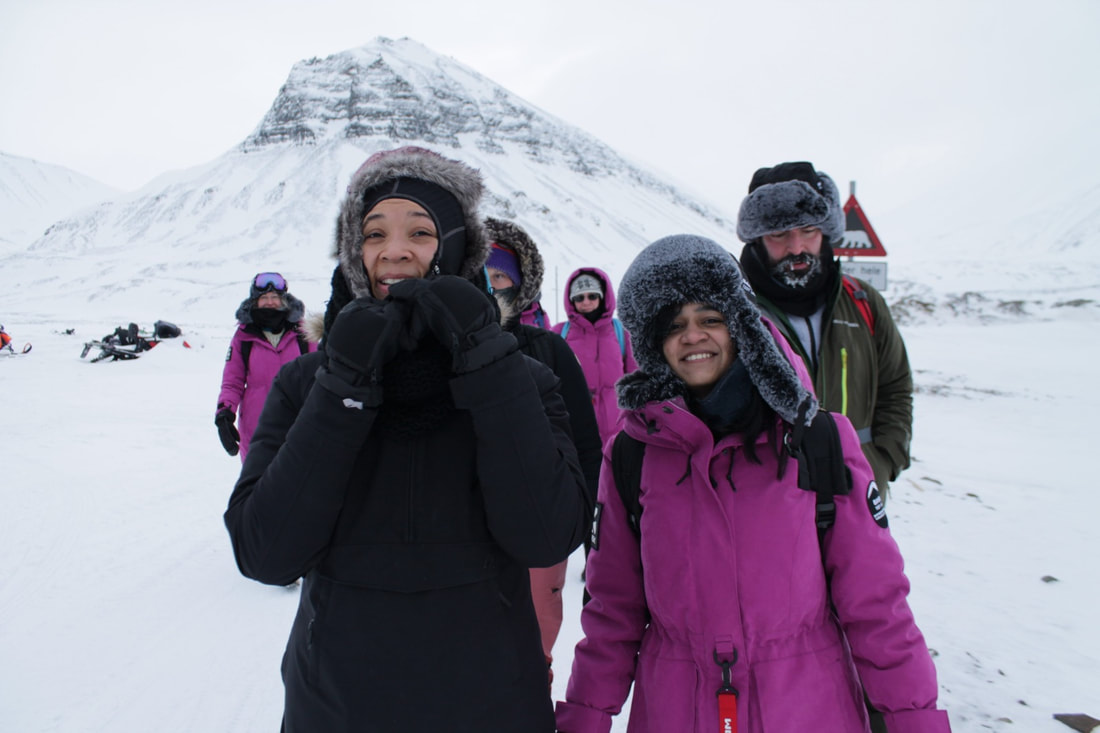
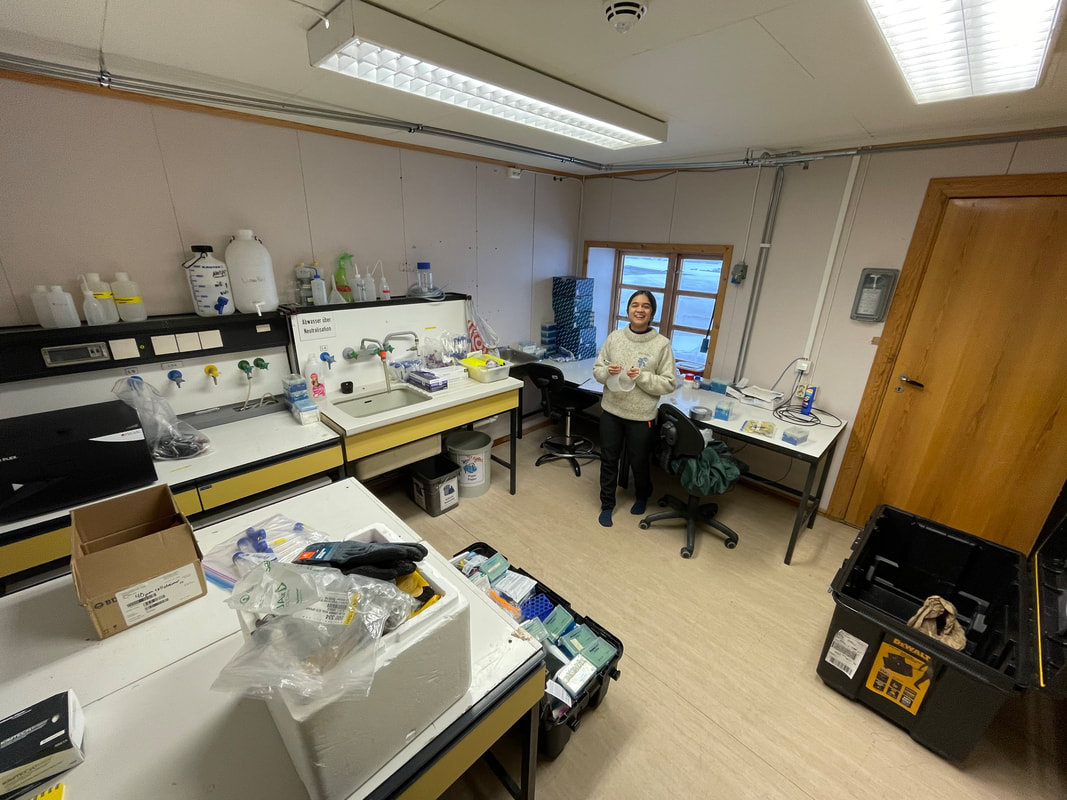
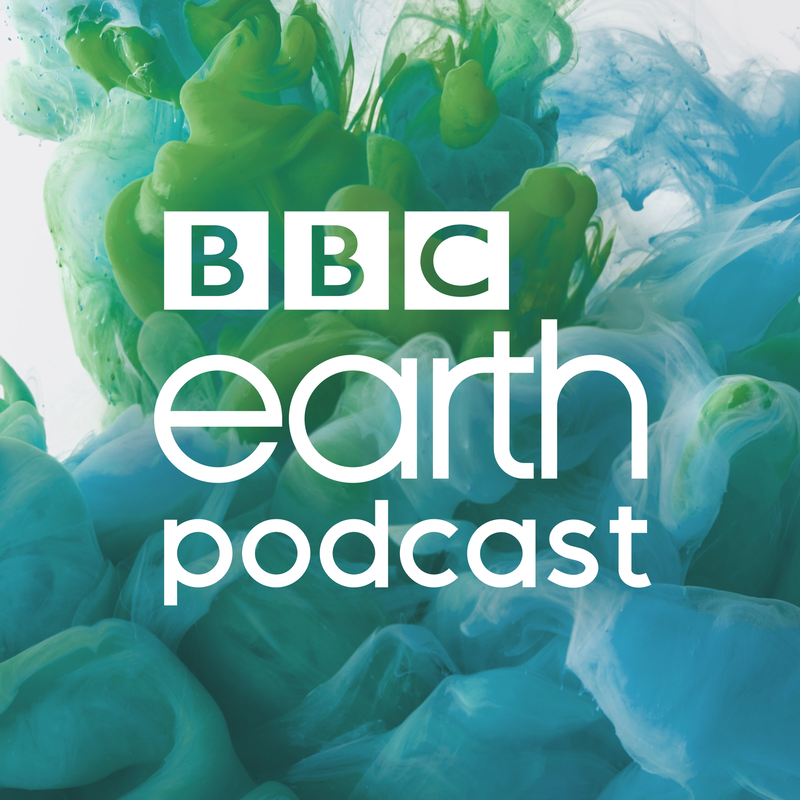
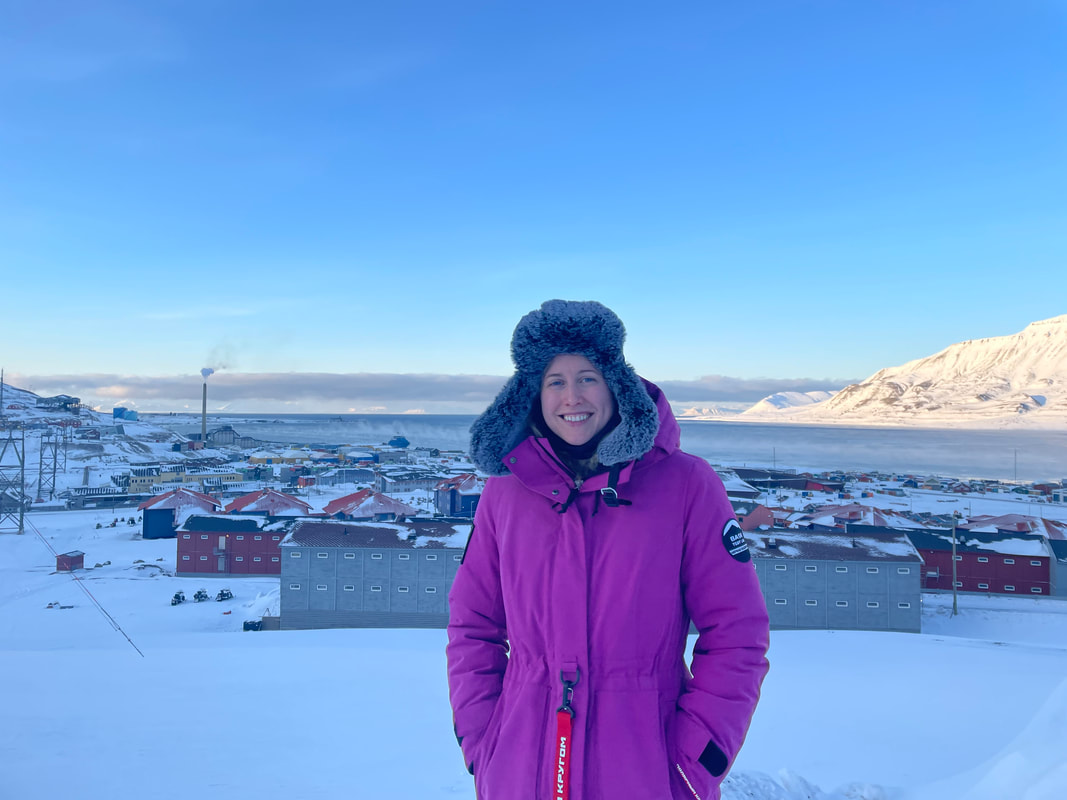
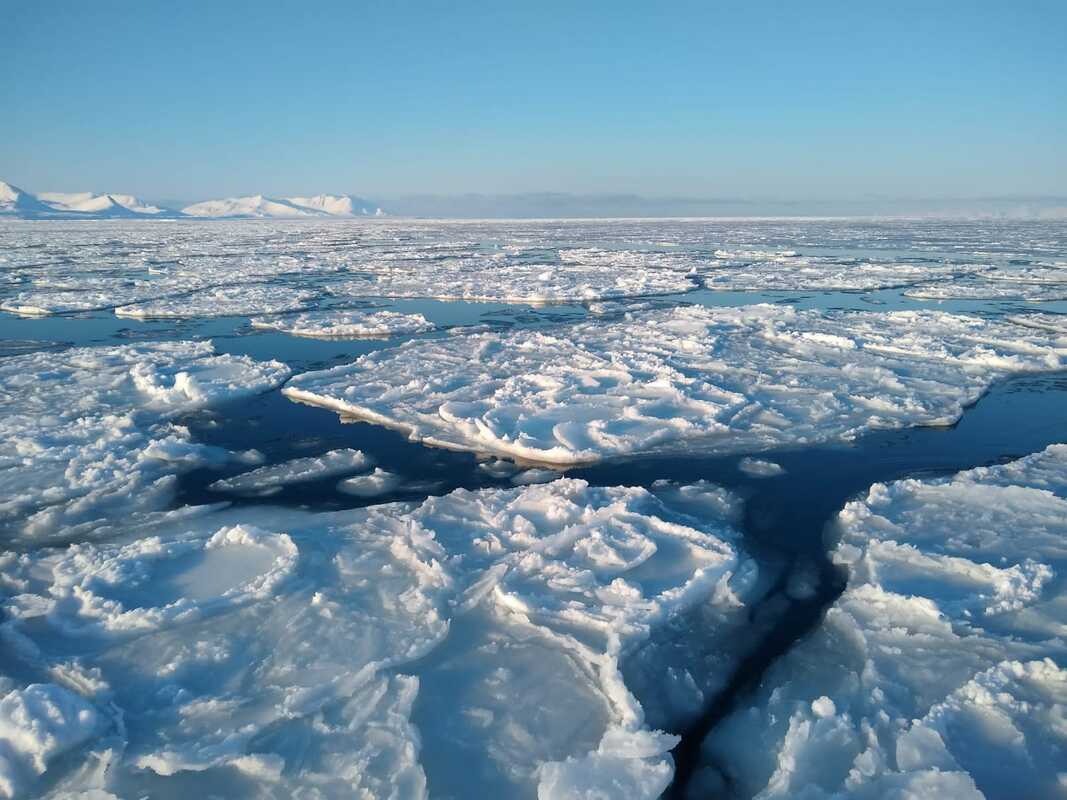
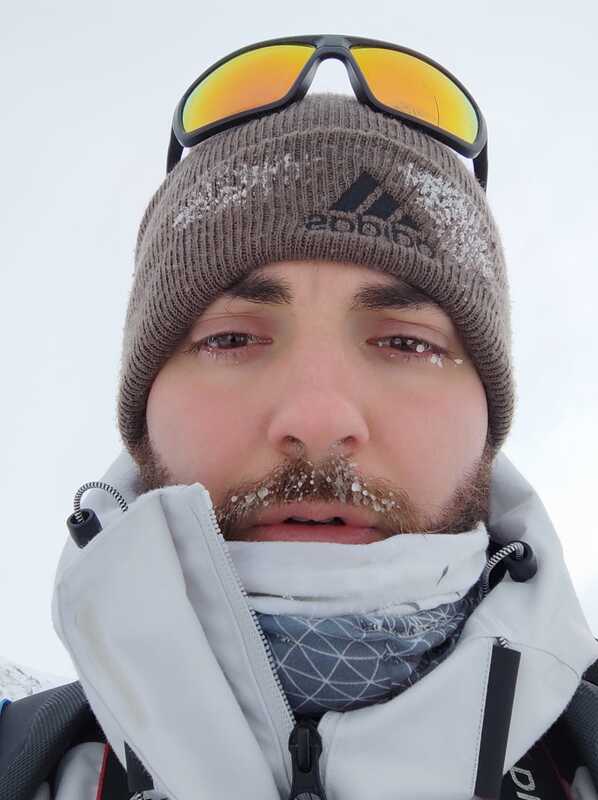
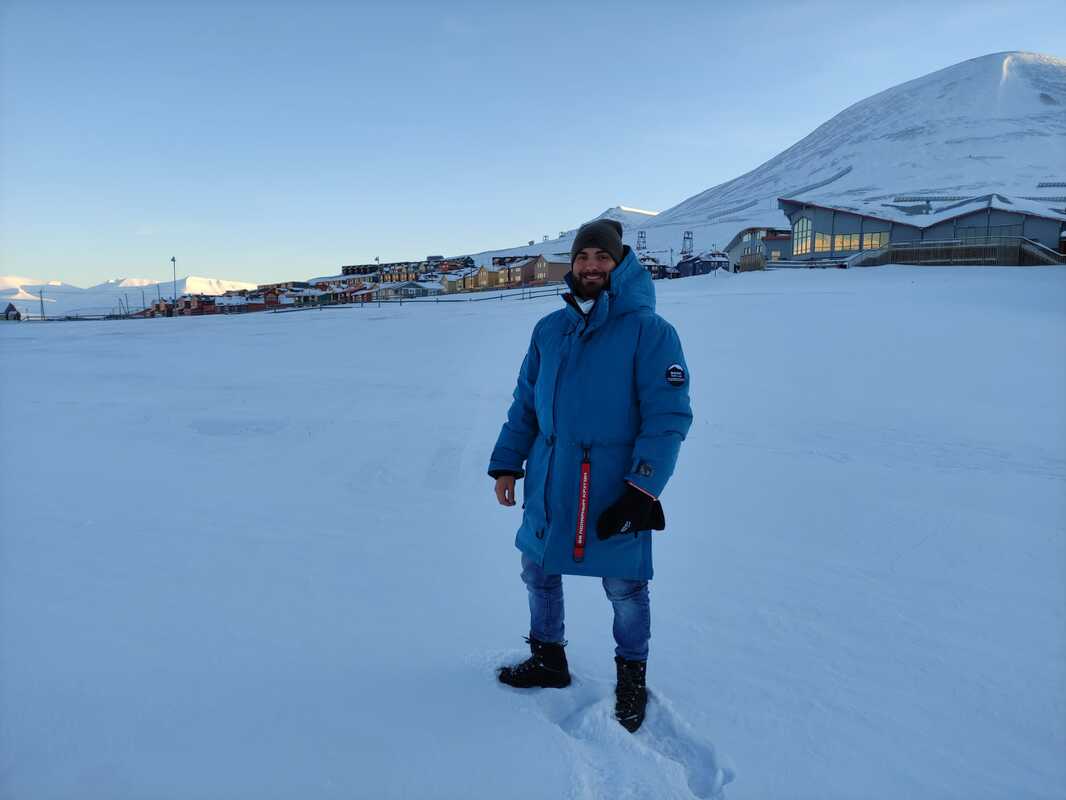
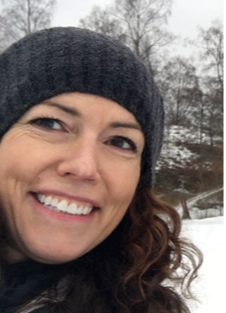
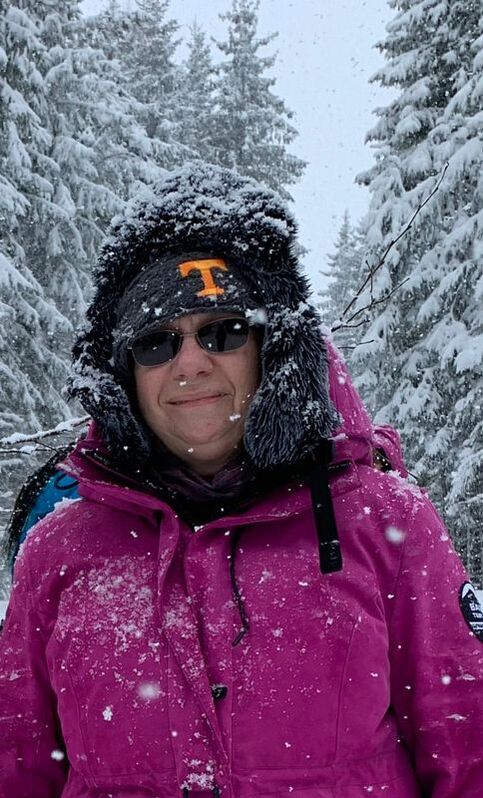
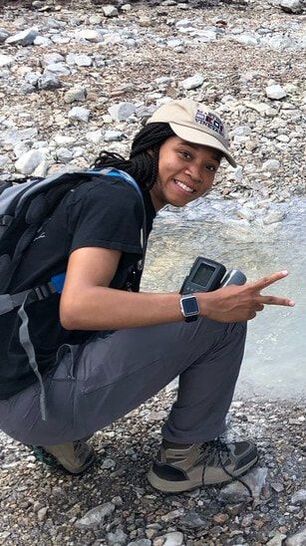
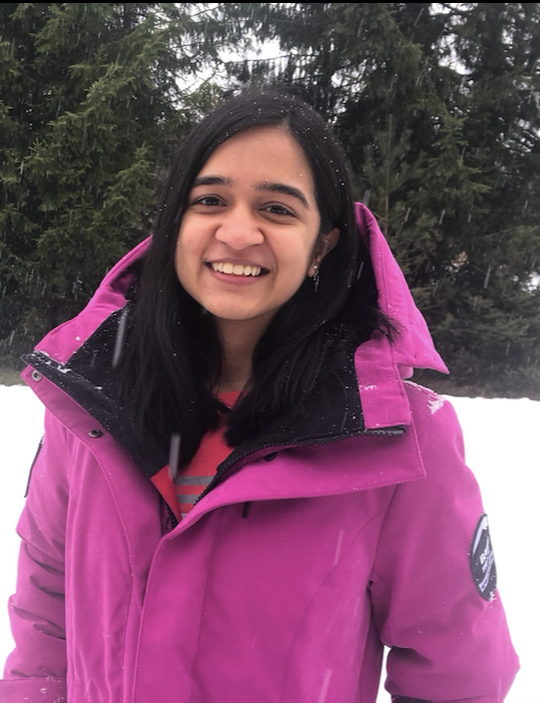
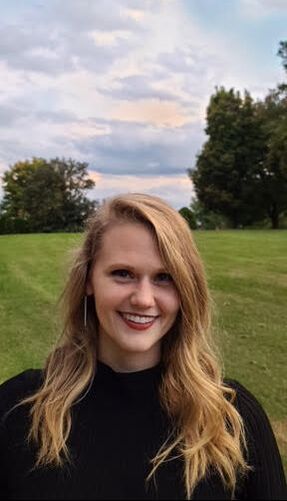
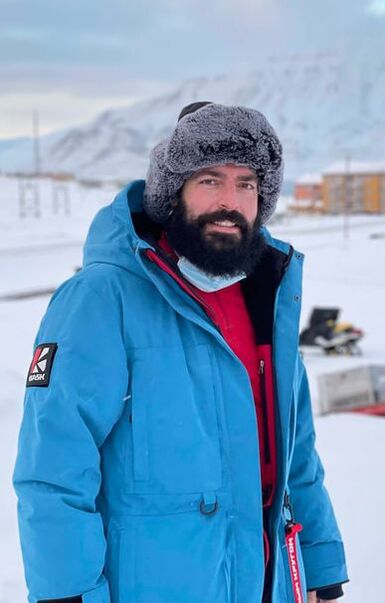
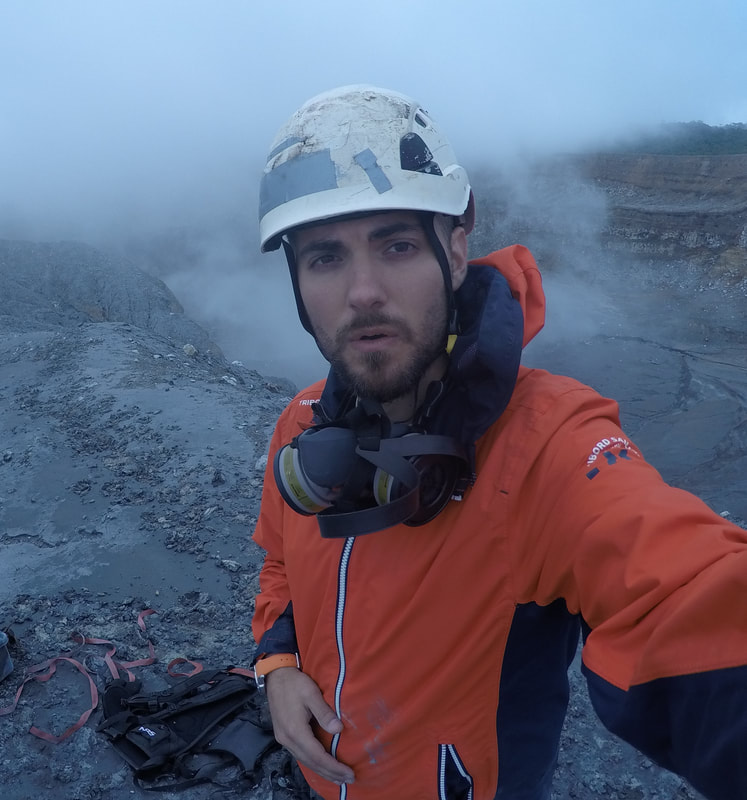
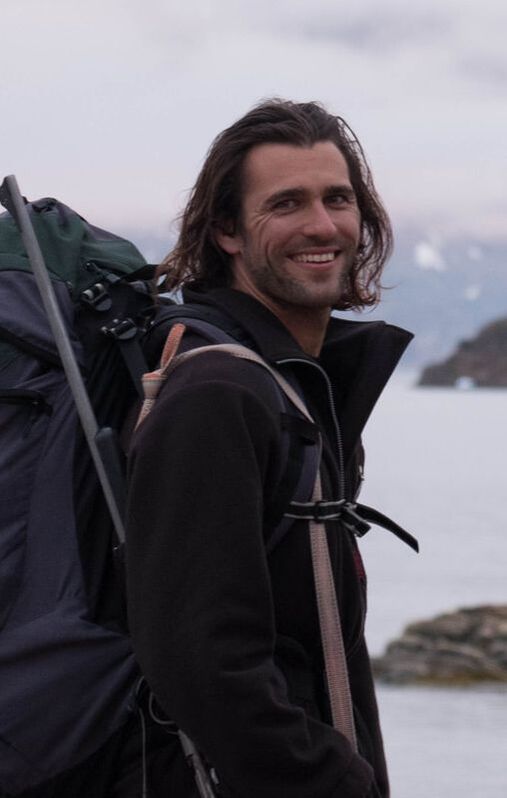
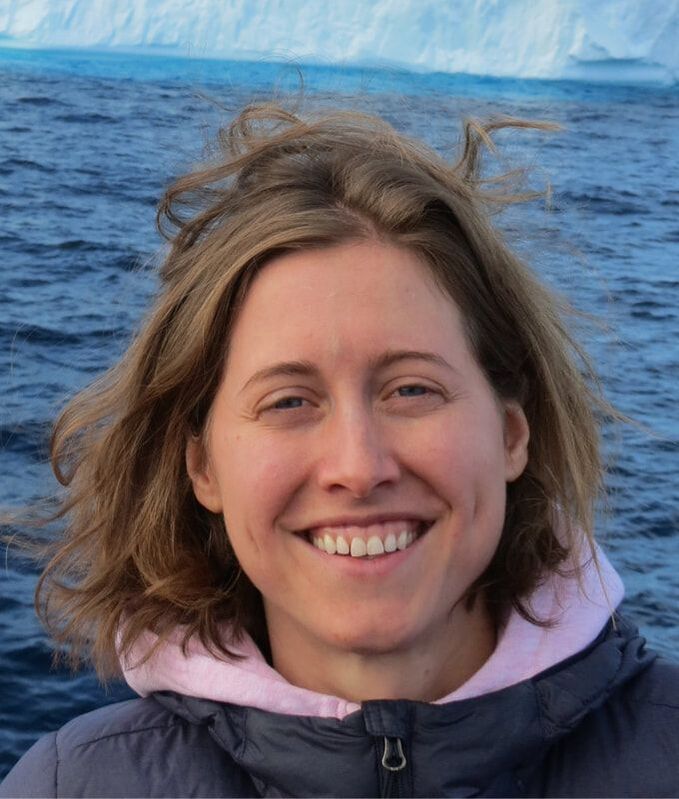


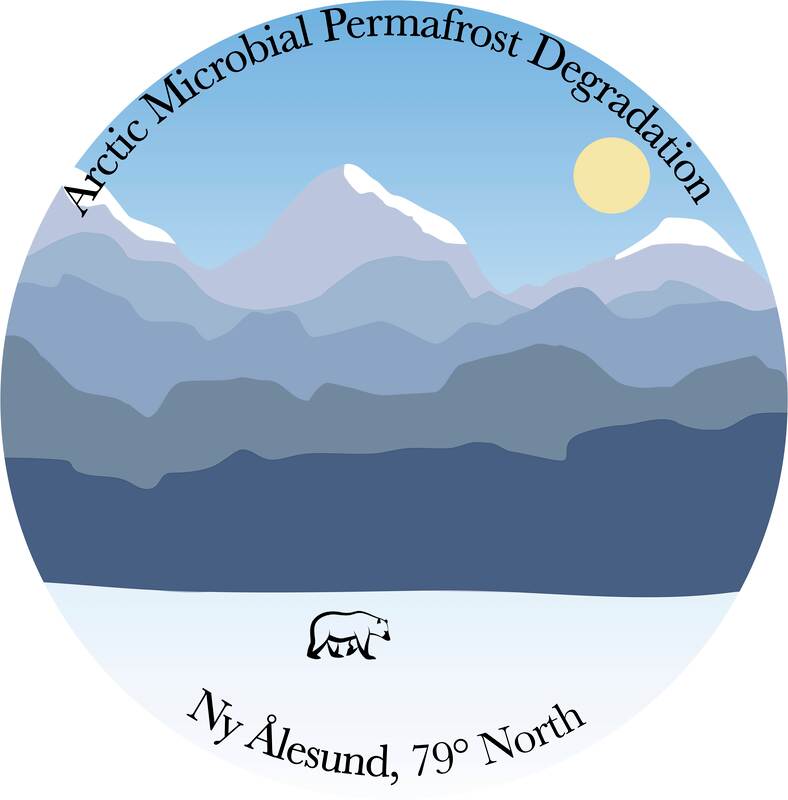
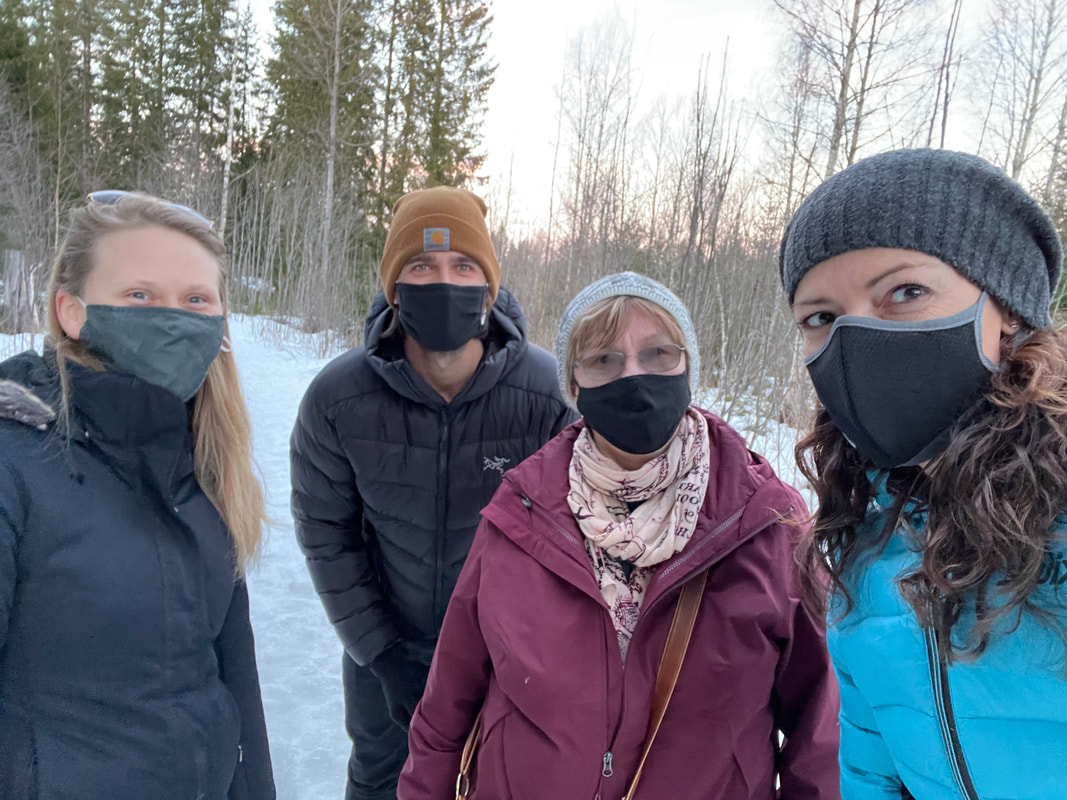
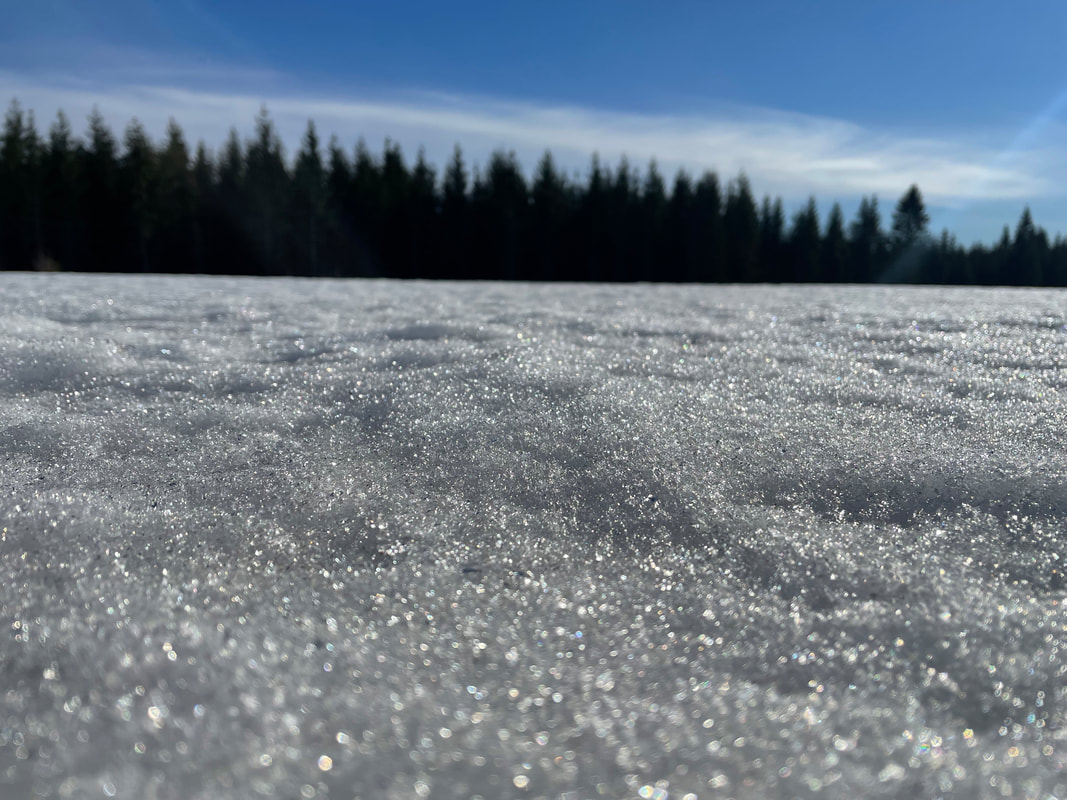
 RSS Feed
RSS Feed
